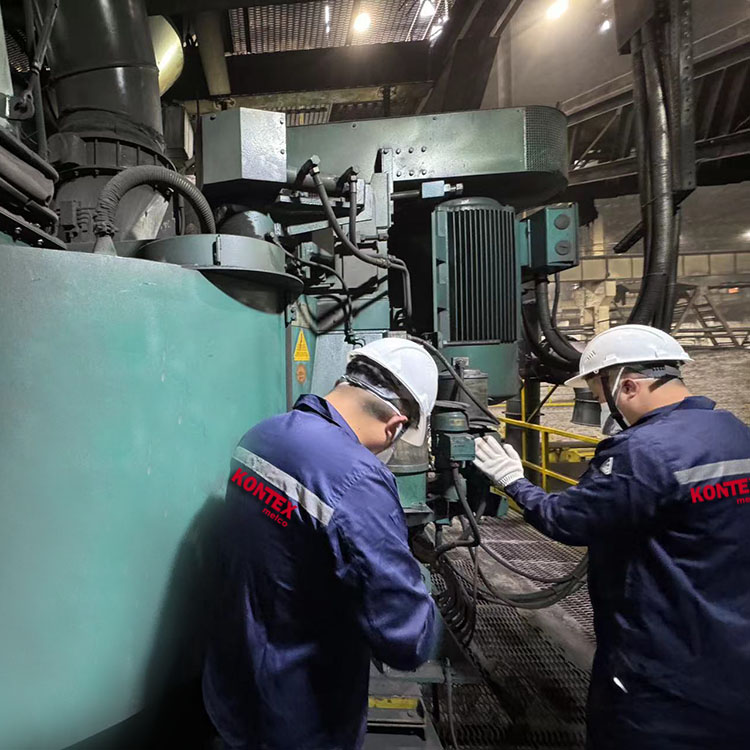The construction sector uses pelletization to produce lightweight aggregates for concrete and insulation materials. Expanded clay pellets, for instance, are created by heating clay in a rotary kiln until it puffs into porous spheres. These pellets reduce concrete density, improving thermal insulation and earthquake resistance in buildings.At first, intensive mixer It developed out of control and gradually opened up a sky of its own. https://www.kntenx.com
Gypsum pelletization is another application, enabling the production of self-leveling floor compounds. By compressing gypsum powder with binders, manufacturers create pellets that dissolve rapidly in water, forming a smooth, crack-resistant surface. This approach simplifies installation and reduces material waste compared to traditional mixing methods.
In sustainable construction, pelletizers are being used to recycle demolition waste. Crushed concrete and asphalt can be pelletized into aggregates for new roadbases or building foundations, closing the loop on construction materials and reducing landfill use.
